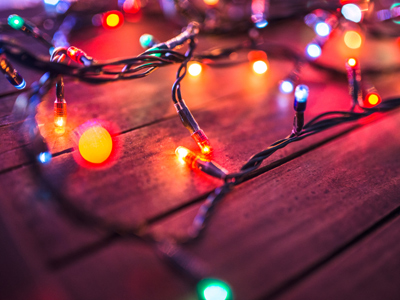
Electricity - Electrical Circuits 02
One of the main topics covered in GCSE Physics is electricity. In this quiz we look in particular at current, voltage and resistance in electrical circuits.
Circuits are electrical systems that provide a path for current to flow. If a circuit is broken, for example by using a switch, current is no longer able to move through it. If there is a short circuit, an electrical system will not work properly. A short circuit is a fault in a system that links two parts of a circuit that should not be linked together. In other words, it is a pathway that takes the electricity in the wrong direction.
Electrical circuits can have a wide range of applications; controlling your central heating; playing a door chime when the bell is pressed; inside computers and smartphones; controlling a car engine, and many, many more. They all follow the same straightforward laws, and it is how the components are arranged together that can make them do some pretty complicated things.
Ready for more?
not all...
quizzers. Try to win a coveted spot on our Hall of Fame Page.







